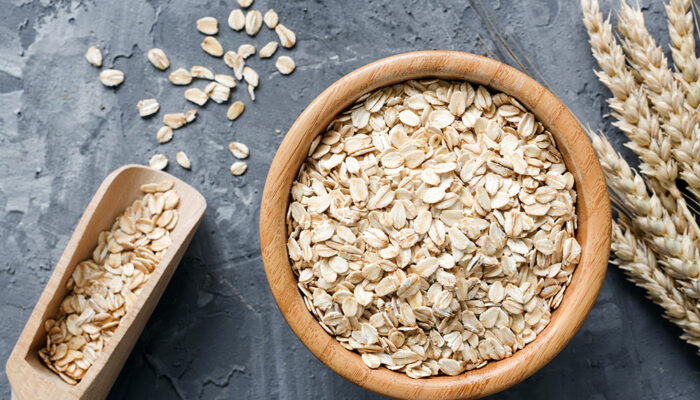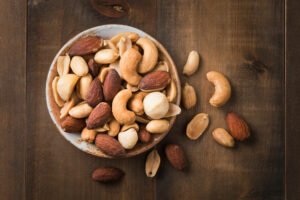
Common types of bone cancer and their symptoms
Bone cancer is one of the rarest forms of cancer. It is estimated that this type of cancer accounts for 1% of the total cases diagnosed. Although it is generally observed among children, teens, and young adults, it can develop at any age. Bone cancer can be categorized into four main groups depending on where it starts. Here are the common types and the early signs and symptoms of bone cancer. Osteosarcoma Also known as osteogenic sarcoma, this form of bone cancer is observed mostly among children and teens. But in rare cases, osteosarcoma can also occur in adulthood. It starts in the cells where new bone tissue begins to form. As a result, it directly has an effect on the hard tissues that are present around the outer layers of the bones. Furthermore, there might be rare cases when this form of bone cancer also affects the soft tissues that are present outside the bone. Thus, the cancerous cells can start to grow in any bone. But in most cases, it starts towards the end of large bones such as the legs or arms. Sometimes, osteosarcoma can also begin in other body parts, such as the shoulders and hips.
Read More 











